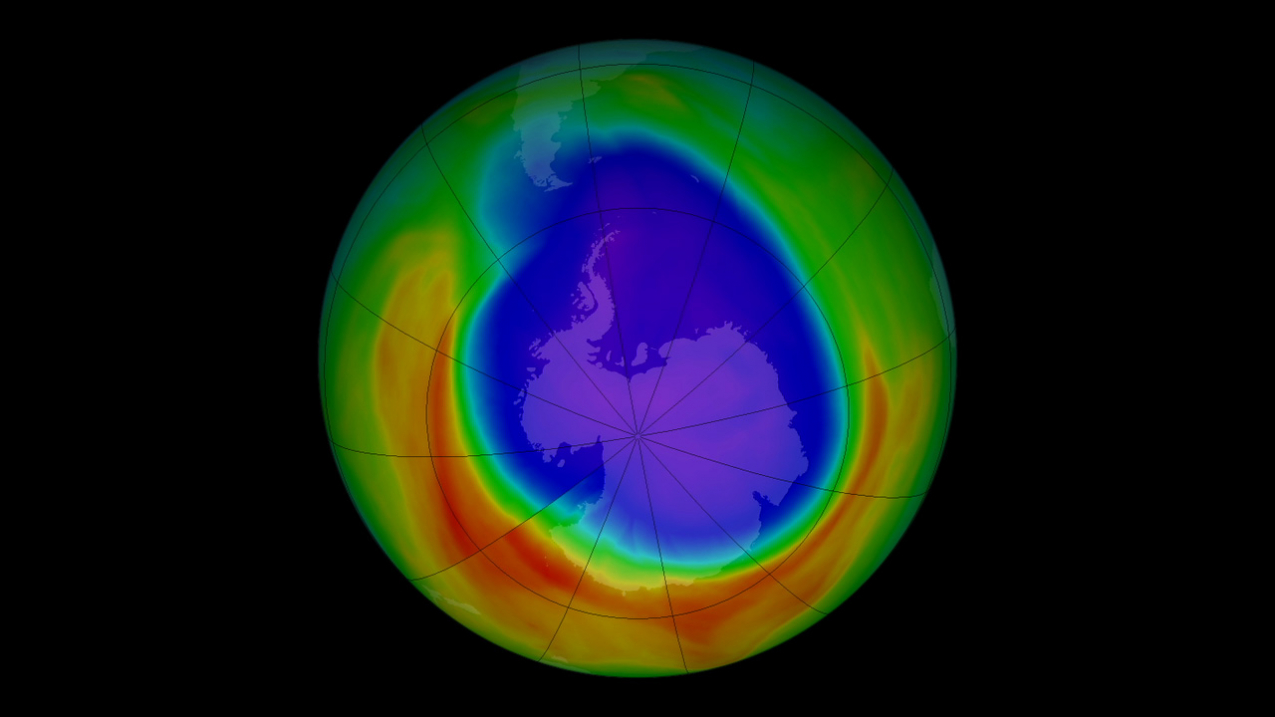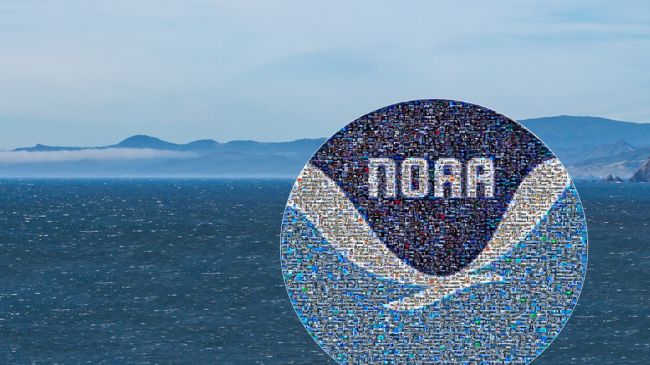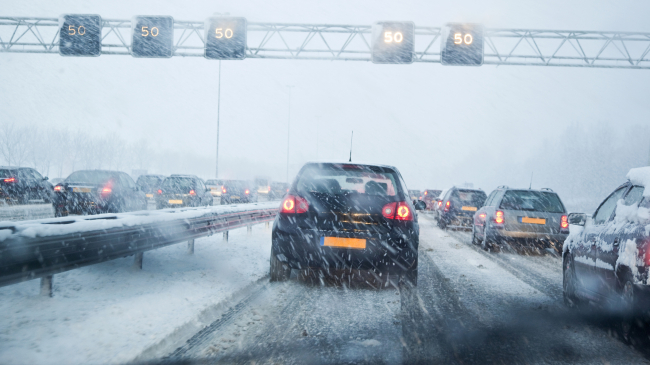
This image of the southern hemisphere shows the ozone hole that typically forms over the South Pole during the austral spring. (Image credit: NOAA)
Carbon tetrachloride (CCl4) was once a common cleaning agent and remains an important compound in chemical manufacturing. It also has a nasty side effect - it eats away at the ozone layer. That’s why production for uses that result in CCl4 escaping to the atmosphere has been banned for many years across the globe.
So researchers were puzzled as to why its atmospheric concentration globally wasn’t decreasing faster.
In a new study published today published today in the Proceedings of the National Academy of Sciences, CIRES scientist Lei Hu and NOAA scientist Stephen Montzka, investigated US sources and found that the lingering small amounts being emitted are still at rates 30 to 100 times higher than expected.
“We can’t tell exactly what the sources of emissions are,” said Montzka. “It could be underreporting from known sources, it could be an unknown source, it could be both.”
The sources appear to be related to the production of chlorinated chemicals, ingredients in Teflon and polyvinyl chloride, a common plastic.
Hu and Montzka said they hope their work inspires more research, both here in the United States and internationally, to better pin down the precise reasons for excess emissions.
Read more: NOAA, CIRES study tracks lingering source of ozone-depleting chemical offsite link



